Forex Trading Leads Generation as a Basis for Successful Marketing Strategy

Today, the Forex sphere is experiencing unprecedented popularity, giving many ambitious entrepreneurs the opportunity to create a thriving business related to Forex trading. Since the main value of any business is its clients, Forex brokers function by expanding the number of investors interested in trading on the financial markets, a process that can be described as Forex lead generation.
In this article, you will learn what lead generation is and why it is important in the Forex industry. You will also learn what methods and tools exist for generating Forex leads and what metrics are used to evaluate the lead generation process.
Key Takeaways
- Lead generation is the process of expanding your customer base by applying different marketing strategies and tools.
- Some of the most effective lead generation tools are referral programs, content marketing and targeted advertising on social media.
- To be able to evaluate the effectiveness of the process of generating new leads in Forex business, a number of metrics used in the classical marketing system are applied.
What is Lead Generation?
The modern advertising market cannot be imagined without comprehensive research on its effectiveness. This is largely due to the conditions of uncertainty and risk of the very essence of advertising activities. The risky nature of advertising can primarily be explained by the likelihood of inefficient use of funds.
The specialists of the marketing department preparing the launch of an advertising campaign, and choosing the tools to promote a particular product or service, inevitably face questions about the correctness of the advertising strategy selected, promotion channels, and distribution of funds to specific channels for the possibility of generating leads. Each business strives to get the maximum return on the money invested in advertising, which is why the question of the effectiveness of ads for brokerage businesses is, of course, the key one since it directly affects the process of attracting new customers.
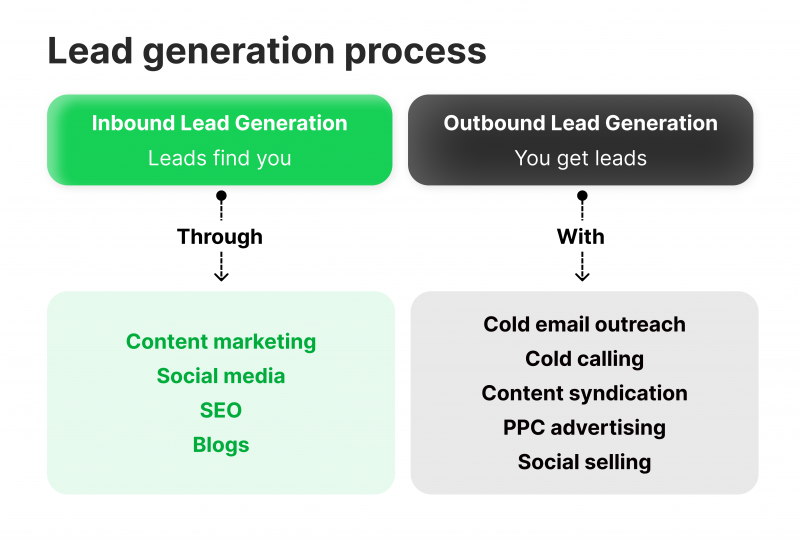
Before analysing the essence of lead generation, it is necessary to understand the processes of one of the most powerful tools in the modern advertising industry – Digital Marketing. Its initial task is to attract interested visitors to the company’s website (attraction can be carried out through search engines, CMM (social media platforms), and placement on specialised Internet sites). The next step is to convert interested visitors into potential customers (the tools for this task are customer registration, newsletter subscription, etc.). Next is the conversion of potential customers directly into company customers (the means of implementation at this step are EDM mailing lists, telemarketing, postal paper distribution of promotional materials, and sales on the site) and, finally, the retention of acquired customers, the conversion of real customers into loyal customers (the means of implementation are advertising calls, promotional alerts, special unique promotional offers, active communication in social networks, a series of EDM mailing lists).
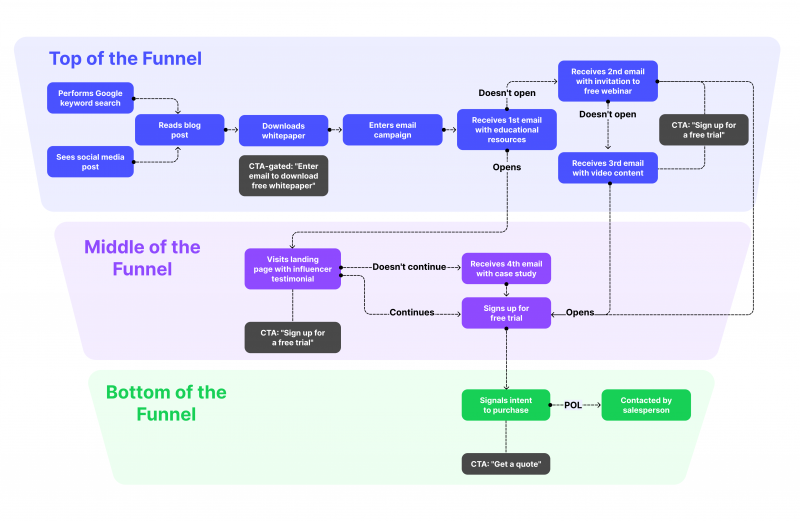
Thus, lead generation is the process of obtaining the contact information of a consumer who is interested or potentially interested in a service or product offered by a company. It is obvious that the possession of such information increases the chances of selling the company’s product/service to the consumer. Lead generation is a profitable strategy when companies find interested customers (target audience). At the same time, the interested client himself leaves a request for the necessary goods/services, like, for example, a trading platform. Therefore, it is lead generation that is the most dynamically developing area of digital marketing for brokerage, a method that significantly increases the effectiveness of an advertising company, as well as a reliable way to grow a business.
Lead generation is one of the most important elements of an advertising campaign and forms the basis for the success of any company in any field of activity.
Why is Lead Generation Important in the Forex Trading?
The lead generation process is considered one of the essential tasks of a brokerage company. Forex today remains a high-margin business, and the level of competition increases daily, which implies the creation and application of highly effective solutions in macro-advertising and advertising to ensure a high degree of customer interest in the products and services of Forex brokerage. For the same reason, timely and effective maintenance of the conversion rate of the target audience at a stable level remains one of the main strategic objectives of companies operating in the Forex market.
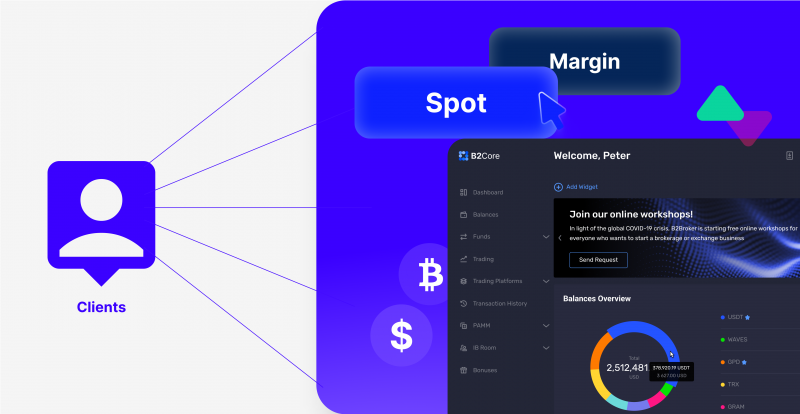
As a rule, in any type of business, clients are not immediately ready to buy a service, changing their status to buyers (loyal customers). For this reason, Forex brokerage organisations need to apply different Forex marketing tools and methods to “heat up” the interest of site visitors to turn them into potential (real) clients – leads. For this purpose, absolutely all brokerage companies within the Forex business think over a personal strategy that helps generate Forex leads, which is reduced to the study of the needs and preferences of the target audience and the formation of the necessary criteria needed to develop a marketing strategy (advertising plan) depending on the factors affecting the generation of leads. These include the following:
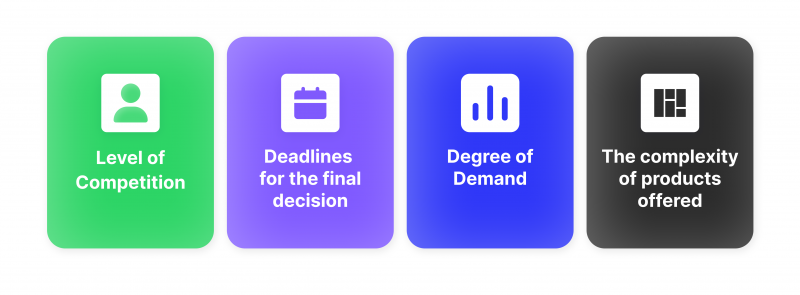
Level of Competition
Today there is an incredibly high level of competition in the Forex market, so in order to make the process of lido generation as easy and simple as possible for the broker, it will be necessary to put the maximum amount of effort and different kinds of resources – to track the actions of the nearest competitors, to analyse promotions, marketing tools, sales channels, to understand how the leaders of the Forex market attract their customers and try to keep up with them.
Degree of Demand
Today, many brokers offer a wide range of various services related to Forex trading. Nevertheless, quite often, it is difficult to attract potential leads to brokerage firms that offer a narrow specialisation service, which is rarely searched for on the Internet. The relevance of products and services plays an essential role in building a customer base through lead generation, which means that there is always a need to follow trends and meet the needs of potential clients.
Deadlines for the Final Decision
Often, most customers, before choosing a particular service or product, tend to spend some time in hesitation and make a comparative analysis with other offers on the market. So, sometimes you have to wait a long time before a potential client decides to cooperate with a Forex broker, which can slow down the process of lido generation.
The complexity of Products Offered
When a company offers a service that is not very standard or expensive, and the process of concluding a transaction is carried out in several stages, it will be much more difficult to attract leads. The broker will necessarily need to stimulate the interest of potential clients in the service through various additional tools, such as SMS mailings, provision of training materials, discounts, promotions, and much more.
Have a Question About Your Brokerage Setup?
Our team is here to guide you — whether you're starting out or expanding.
Main Means and Methods Used for Generating Forex Trading Leads
Lead generation is a challenging endeavour that requires maximum efficiency in many aspects. However, having several powerful tools in the form of different advertising tools that make up Forex brokers’ marketing strategies, you can achieve impressive results and multiply the base of existing clients. The list of such tools is quite long, so let’s consider the main ones:
1. Email Newsletters
Email marketing is one of the oldest and, at the same time, one of the most effective marketing tools for generating leads today in the Internet age. Many services allow Forex brokers to send different marketing materials related to trading on the market. Also, many Forex companies are developing their own programs for bulk email marketing. This helps avoid unnecessary costs for using and maintaining third-party programs.
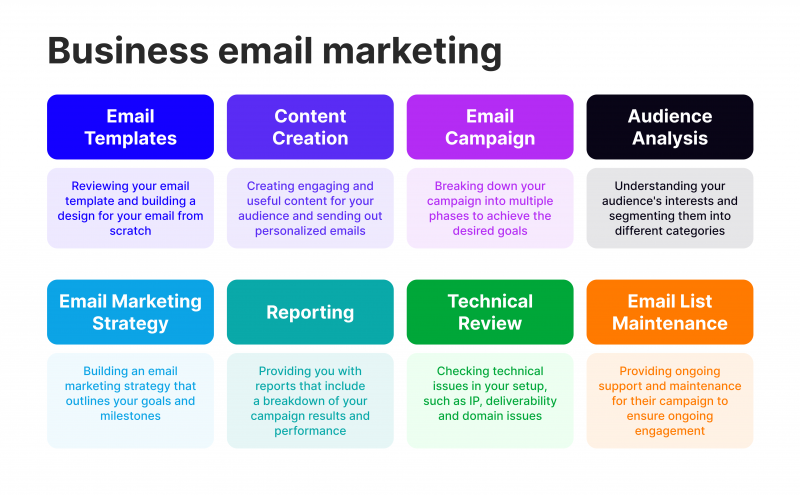
2. Contextual Advertising
This is another powerful tool for brand promotion and lead generation within the Internet space when an advertising message with information about a Forex broker’s product or service is placed on web resources, on the search engine page, websites, social networks, messengers, mobile applications and other resources with topics similar to the content of such an advertising message. This approach allows you to accurately broadcast the message to the target audience (potential Forex traders) interested in the Forex market, which repeatedly increases the effectiveness of the marketing company.
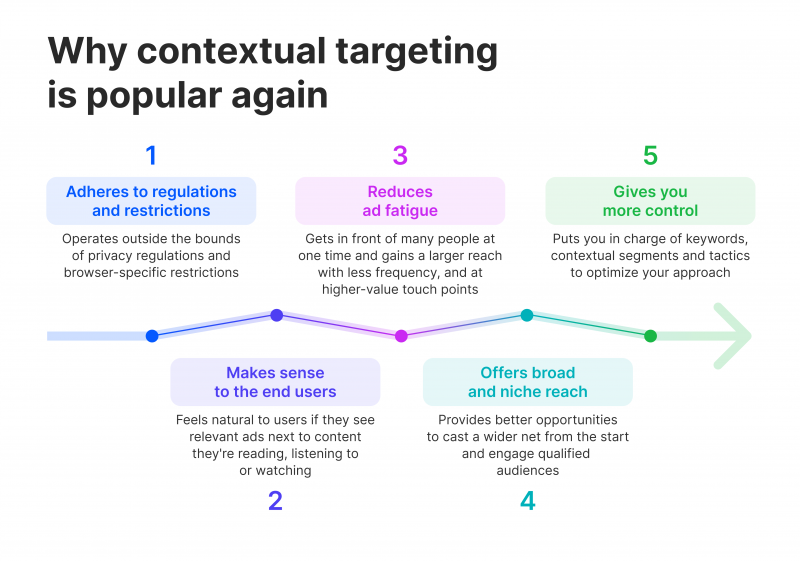
3. Content Marketing
Content marketing is one of the leading areas of Internet marketing in the Forex industry, which consists in disseminating data about a brand and building its reputation in the Internet space. In practice, this means working with the company’s website, maintaining pages on social networks, interacting with the media, and much more. This tool is one of the key ones in developing a plan for generating leads and expanding the client base.
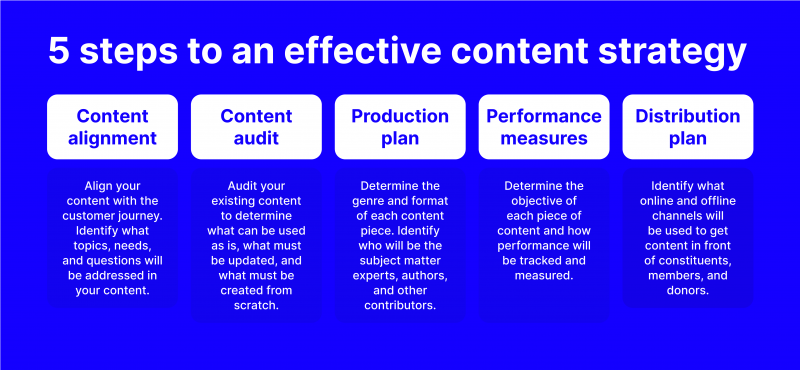
4. Targeting Advertising on Social Networks
Since today every self-respecting company has a page on different social networks, it gives access to great opportunities to promote their products and services with the help of targeted advertising aimed at a certain segment of the target audience to show ads on strictly defined parameters, which provides excellent generation of leads for the company, and therefore the expansion of the customer base.
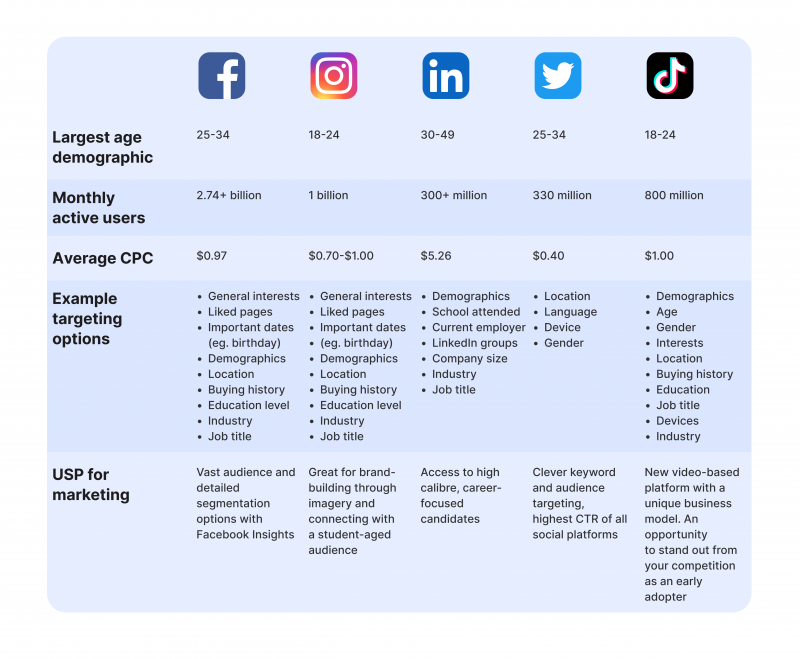
5. Forums and Thematic Sites
Today, the internet space is full of different kinds of internet resources that allow you to discuss various issues within a certain topic or niche. This is an exceptional lead generation tool for Forex companies because it allows you to conduct a marketing Forex campaign where numerous people interested in the Forex market congregate, which consequently also helps generate new leads.
6. Forex Affiliates Collaboration
There are countless companies in the Forex niche, which creates incredibly strong competition. However, there are cases when several companies join forces to create and promote their brand, which translates into mutual promotion of their products and services in order to reach more potential customers in the market, thanks to Forex affiliate programs.
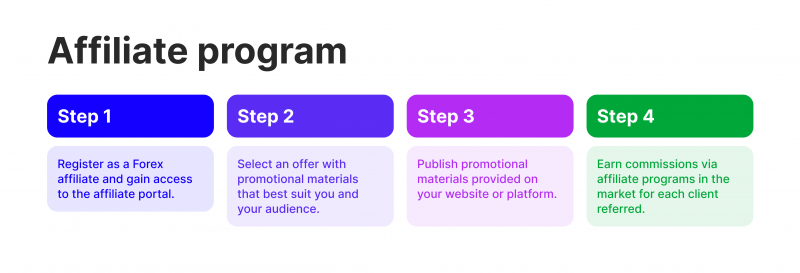
7. Referral Programs
This tool has the same high efficiency as targeted advertising in social networks and allows generating new leads with efficiency proportional to the increase of the client base when each individual client is able to share information about products and services of Forex broker with other people who are friends or family members, which ultimately has a cumulative effect contributing to the expansion of the client base.
8. Loyalty and Reward Programs
Loyalty programs and various kinds of promotions with bonuses have proven to be an effective way not only to retain existing clients but also to generate new leads. All Forex companies use this tool without exception as part of a marketing plan to promote their goods and services in a highly competitive market.
9. Organic Traffic
This tool has a complex structure, which includes many elements of brand promotion, but it is also an effective tool to attract clients if the Forex website has good SEO optimisation and occupies high positions in search queries from different search engines.
Major Metrics of Forex Lead Generation Evaluation
Lead generation is a complex process that involves a wide variety of marketing strategies and tools necessary to successfully launch, maintain and improve a forex broker’s marketing campaign. The effectiveness of generation depends on many factors and is evaluated using data from various metrics – indicators to evaluate the performance of marketing, sales and forex business as a whole. Among such metrics are the following:
Cost Per Acquisition (CPA)
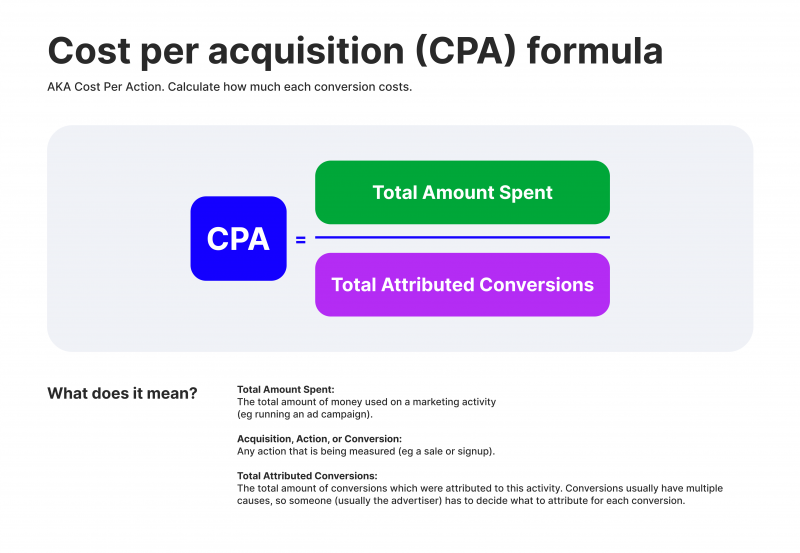
Cost per acquisition (CPA) is a metric used to measure the conversion of a Forex broker’s online resource by target actions. The latter can be ordering a service, depositing an account, subscribing to a newsletter or registering. With the help of this metric, the value of the web page and the success of the marketing campaign is determined.
CPA is a financial indicator that can be used to measure the impact of marketing campaigns on the total revenue of a Forex broker. It is determined by dividing the total cost of a campaign by the conversion rate. By utilising the average cost of orders/services and lifetime value of customers, it is possible to determine the cost per conversion required in the Forex business. Although this indicator is not one of the most important for evaluating the effectiveness of lead generation, only with the help of CPA it’s possible to evaluate the prospect of the success of the ongoing campaign.
Customer Lifetime Value (CLV)
This metric indicates the expected net profit that can be received during the entire cycle of relationships with the client. The CLV scoring model can vary in complexity and accuracy from a crude heuristic to complex predictive analytics techniques.
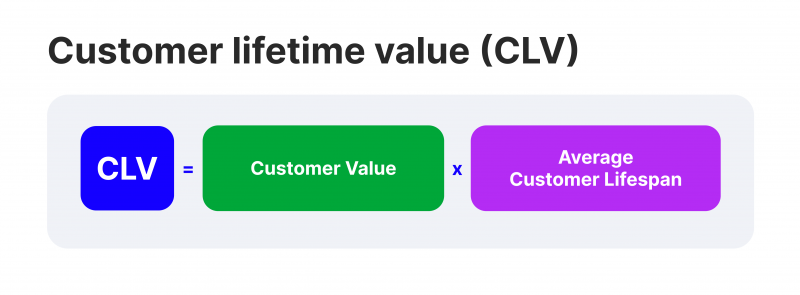
The problem with estimating CLV is that the endpoint of the customer’s life cycle is not known in advance, so it is predicted based on currently observed cash flows from the customer.
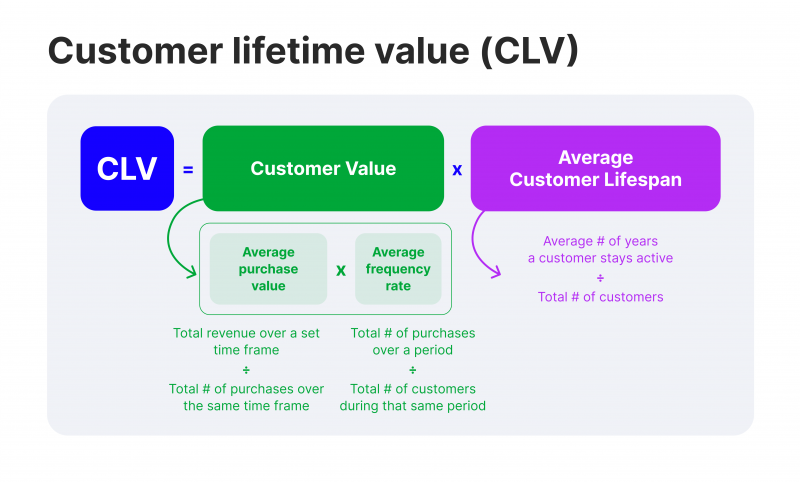
The CLV is a significant concept in Forex business because it encourages firms to build long-term relationships with a client. CLV is an estimate of the upper limit on the cost of acquiring new customers and is, therefore, an essential element in calculating advertising ROI.
Average Revenue Per Customer (ARPC)
Average Revenue Per Customer (ARPC) is a metric that reflects the average revenue one customer generates over a selected period, calculated in days, weeks, months, etc. Acquisition costs and other fixed costs are not included in the calculation of this metric. To determine this metric, it’s required to subtract the number of costs from the average check and then multiply by the average number of purchases per customer.
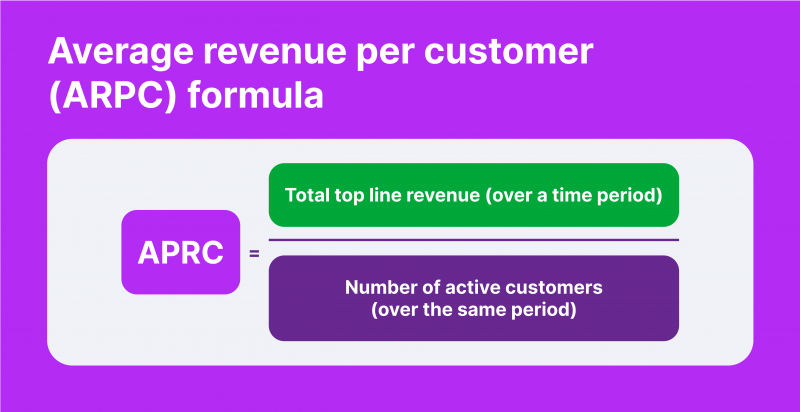
Click-Through-Rate (CTR)
CTR is used to determine the effectiveness of an advertising campaign, particularly the relevance of contextual ads and banners to the requests of the target audience. CTR can be applied to any tool for attracting traffic, be it a link with UTM tags, a snippet in a search engine or a graphical and text ad in the advertising network of search engines like Google. A prerequisite for calculating the coefficient is considering the number of impressions and clicks.
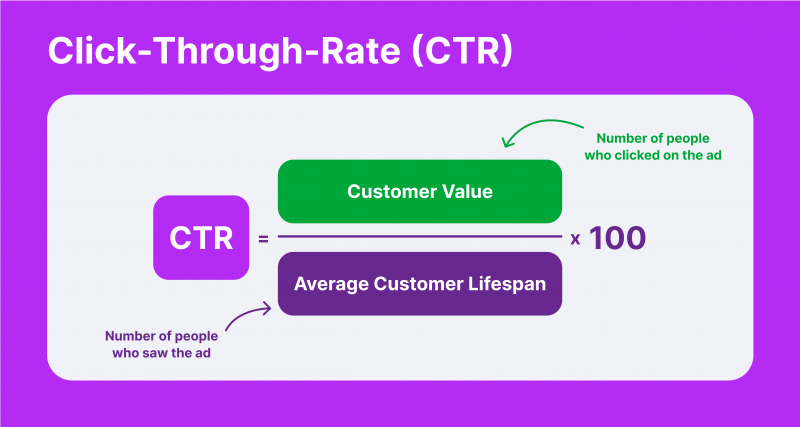
This indicator applies to evaluating the effectiveness of the entire campaign and a separate advertising tool. Accordingly, the higher the clickability of a banner or ad, the more effective the generation of relevant traffic to the landing page.
Conversion Rate (CR)
Conversion rate is a metric that calculates the quantitative ratio of resource users who performed a target action to the total number of visitors. To calculate CR, it is necessary to determine what user behaviour will be evaluated as a target action – conversion. This can be filling out a form, registering, buying a product, placing an application or order, going to a landing page, etc. The conversion value is measured in per cent and is considered one of Forex’s business’s most critical indicators of lead generation.
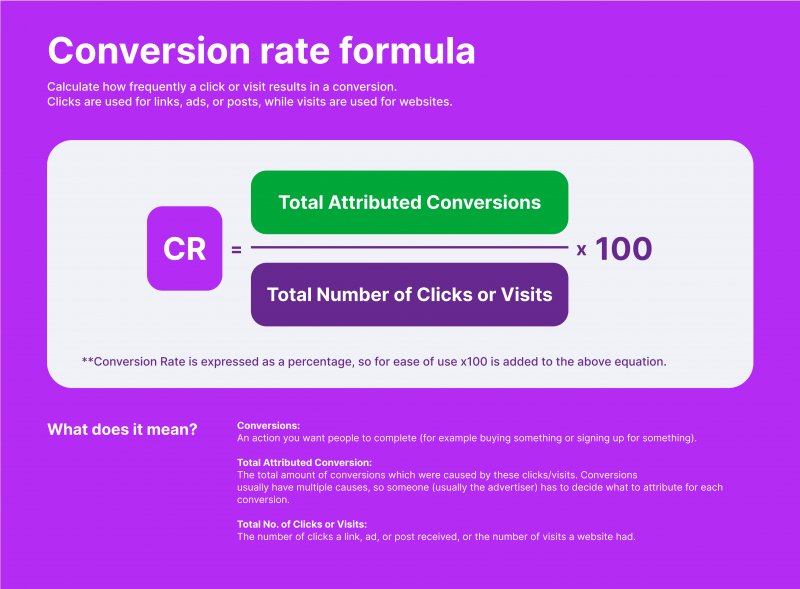
Return on Investment (ROI)
ROI is a coefficient that demonstrates how profitable or unprofitable a project or product is, i.e. it helps to calculate the return on investment. In other words, ROI calculation allows you to determine in what volume the funds invested, in this case, an advertising campaign to generate leads, are returned. This indicator is often used for end-to-end analytics to calculate the ROI of advertising channels: contextual or banner, targeted advertising in social networks, referral programs, etc.
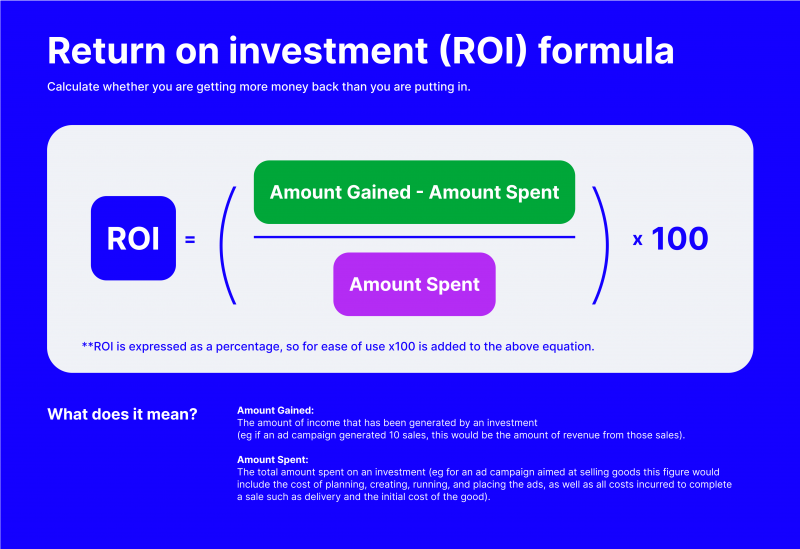
Cost Per Click (CPC)
CPC is a metric that reflects one of the popular models of advertising on the Internet, namely payment for a targeted user action – Pay-Per-Click (PPC). In the case of PPC, this is the payment for clicking on an ad to the advertiser’s selling page, site, or service. It is a metric that shows the average cost per click – how much the advertiser will pay for each click on the ad and the user’s transition to the Forex broker’s site. The logic of this metric implies the principle: the more expensive the price per click on the ad, the more traffic it will bring.
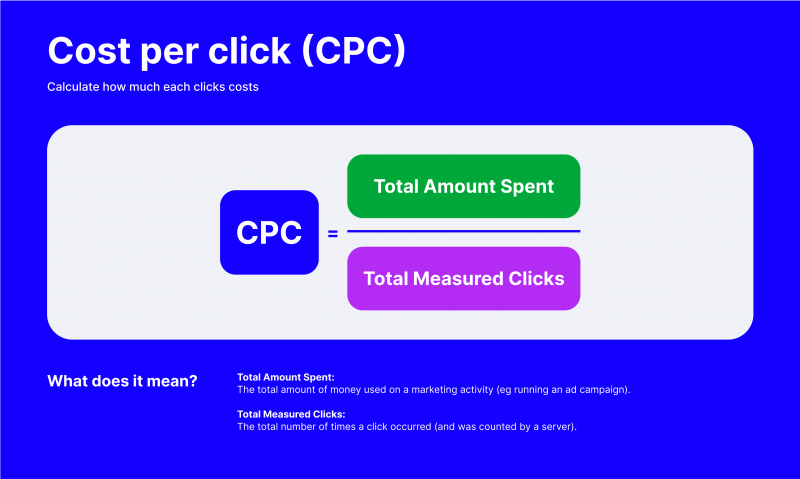
Cost Per Lead (CPL)
CPL is a marketing metric to indicate the cost of attracting one lead from a specific traffic source, such as search or social media. Simply put, CPL is the price of one request in a particular advertising campaign.
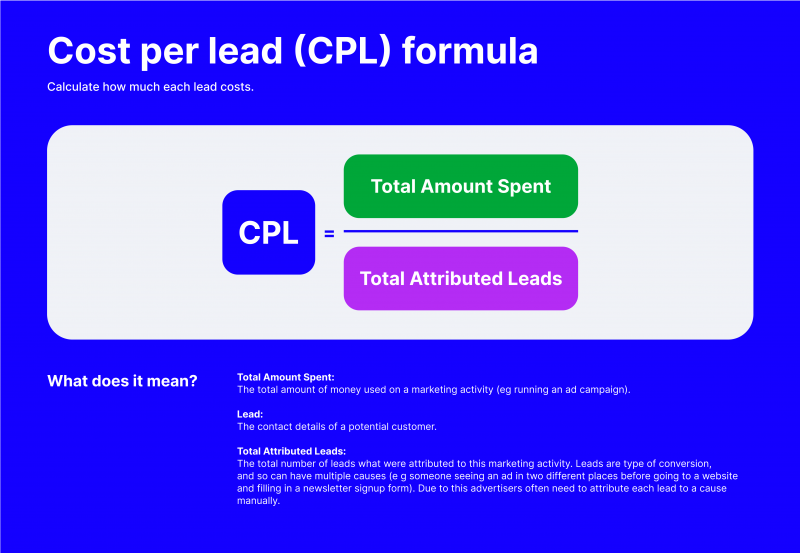
The metric is used for a wide variety of purposes, for example, to calculate the budget that is spent on getting one lead during an advertising campaign of a Forex brokerage company. This abbreviation can also denote the payment model – it provides payment only for direct requests, not views, clicks, or conversions.
Discover the Tools That Power 500+ Brokerages
Explore our complete ecosystem — from liquidity to CRM to trading infrastructure.
Marketing Qualified Leads (MQLs)
This metric shows the cumulative number of users who have left their contacts for contact and further warm-up by the sales team. The degree of readiness of Leads to become customers is not defined at this stage. It is calculated as a percentage of contacts left to all users who visited the company’s website.
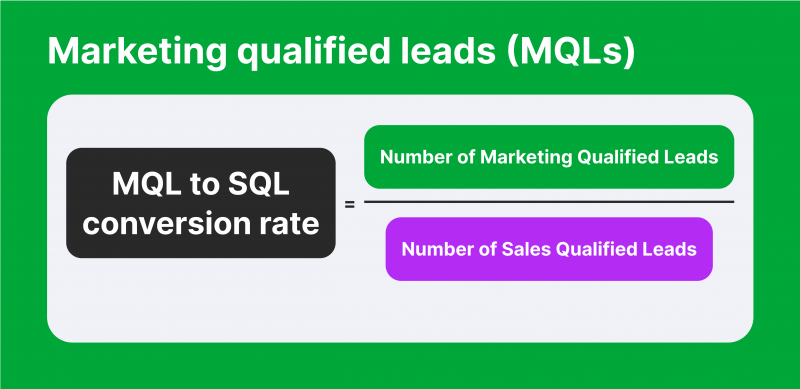
Retention Rate (PR)
Subscription retention rate or retention rate is a metric that shows what percentage of users returned to a product or service N number of days after installing an app or first visit. The retention rate metric can determine the growth potential of a product and influence the monetisation metrics used to evaluate the degree of effectiveness of a marketing campaign and the generation of new leads.
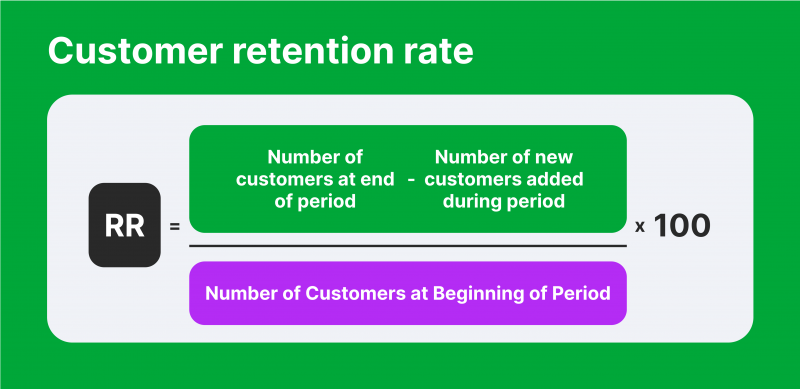
Conclusion
Lead generation in Forex business is a complex process of expanding the client base with the help of a wide range of marketing tools and strategies, the effectiveness of which is evaluated and calculated on the basis of a number of metrics designed to provide a high level of accuracy in determining the performance of the selected plan to expand the client base and the evolution of the FX brokerage company as a whole.








